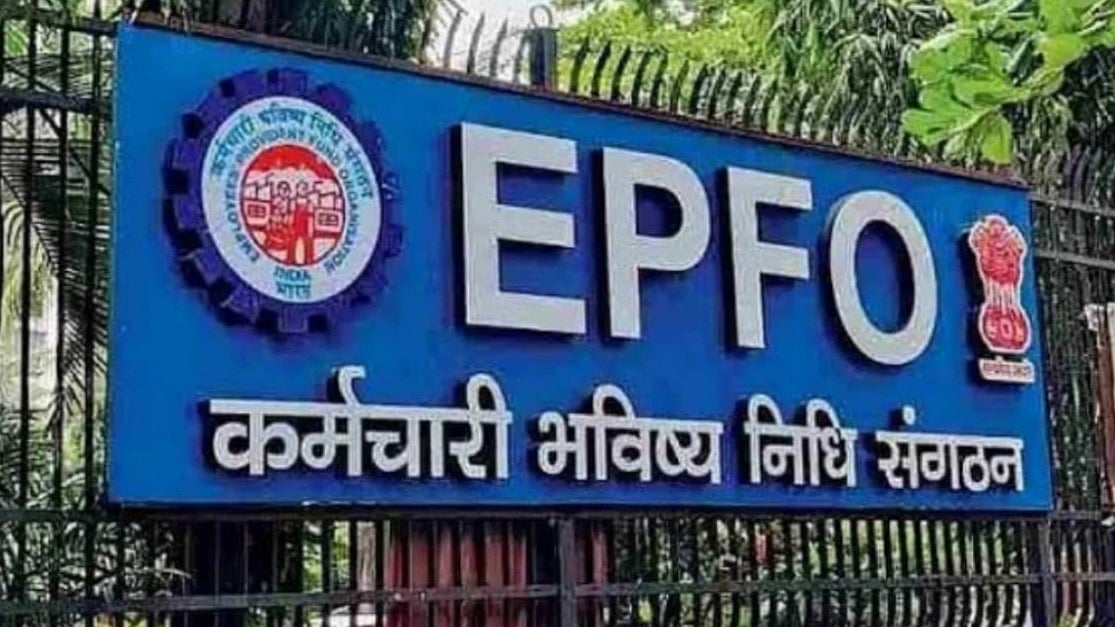New Delhi: The Central Government is considering simplifying the withdrawal rules of the Employees’ Provident Fund Organisation (EPFO). According to a report by Moneycontrol, the initiative aims to provide members with greater flexibility in managing their retirement funds based on their financial needs.
Two senior government officials revealed that the plan includes making it easier for EPFO members to withdraw funds for purposes such as buying a house, marriage, or education. While no fixed timeline has been announced, these changes could be implemented within a year.
### What Are the Current EPFO Rules?
Currently, EPFO members can withdraw their entire fund only upon reaching the age of 58 or if they remain unemployed for more than two months. For other purposes, several strict conditions apply:
– **Marriage:** Members can withdraw only up to 50 percent of the employee’s contribution plus interest. Additionally, the member must have completed at least 7 years of continuous service.
– **Home Purchase or Construction:** Members can withdraw up to 90 percent of their fund. The property must be registered in the name of the member, their spouse, or jointly. A minimum of 3 years of service is also required.
### What Is Likely to Change?
The government is considering allowing EPFO members to withdraw full or partial savings every 10 years. This change would grant members more control over their funds, enabling them to use their savings when genuinely needed.
### Experts Welcome the Move
Finance and legal experts have expressed support for relaxing the withdrawal rules, emphasizing that it will benefit low and middle-income workers. Easier access to their funds means they can meet urgent financial needs without resorting to loans. At present, the withdrawal process is encumbered with restrictions such as minimum years of service, withdrawal limits, frequency caps, and extensive paperwork.
### Need for a Balanced Approach
Experts also caution that while easing withdrawal rules is a positive step, it is crucial to safeguard the retirement purpose of the EPF. They advocate for a balanced policy that enables members to access their funds conveniently, without compromising their long-term retirement savings.
—
By streamlining EPFO withdrawal rules, the government aims to provide better financial flexibility while ensuring the security of members’ retirement funds. Members and experts alike will be watching closely as these potential changes develop.
https://www.freepressjournal.in/business/big-update-on-epfo-rules-withdrawal-to-become-easier-for-members-details-inside
